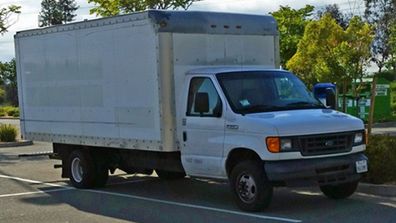Rental rates are a whopping 10.3 per cent higher at the end of September than they were a year ago, according to the latest statistics from property data firm PropTrack.
The average median weekly rental price - including both units and freestanding homes - now stands at $480.
/https%3A%2F%2Fprod.static9.net.au%2Ffs%2F38ae0089-636d-4d48-b77e-8fd80c14c03d) Rental prices are continuing to reuse across the coutnry. (Domain)
Rental prices are continuing to reuse across the coutnry. (Domain)Rental prices rose the most in Melbourne in the September quarter, climbing 3.5 per cent, following closely by Brisbane, where prices rose 3.4 per cent.
Interestingly, prices in regional Australia did not rise in the the past three months, but they are still 12.5 per cent more expensive than they were a year ago.
The data also shows that the price of renting a house has increased at a faster pace over the past year than it has for units, with house prices having increased by 11.1 per cent and unit prices having increased by 7.1 per cent.
But the gap between national house and unit rents remains at $50 over the quarter, continuing to mark the widest differential on-record.
The average rental rate for a house is $500, while it is $450 for a unit.
Rents have generally risen steadily across the country for two years due to the ongoing low volume of stock available for rent and strong demand for rental accommodation.
 blog.
blog. Click through the gallery to see how the frugal Google employee lives.
(Images: From Inside the Box blog)
" />Google worker moves into truck to save money on rent
However, the price of rent in regional South Australia did decrease by 1.6 per cent in the September quarter.
The authors of the report have said they anticipate rents to continue to rise due to "the supply of rental stock remaining extremely tight and migration to Australia lifting".
"Capital cities are expected to see the lion's share of growth as demand and subsequent rental price growth softens in the regions," the authors have said.













